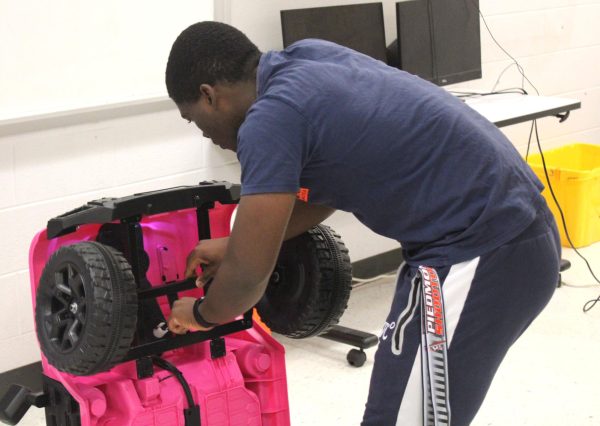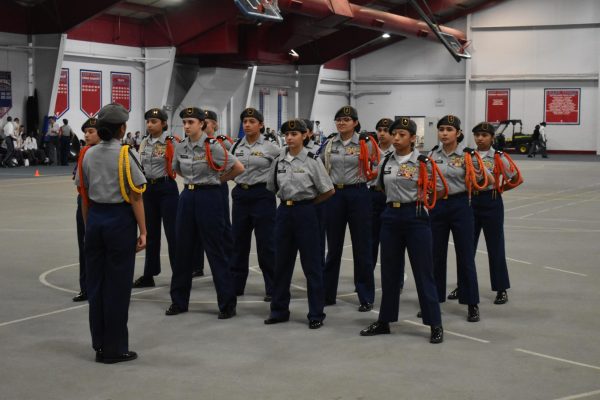Engineering classes participate in rocketry challenge
The engineering classes launch model their model rockets on a field trip.
Launching model rockets is usually just a hobby done for fun and often built from a kit you buy. For Aiden Kennedy and his classmates, TARC brings rockets to another level.
“TARC stands for Team America Rocketry Challenge, and essentially you have to build a model rocket to meet the specifications set out by the people who run TARC. This year, you have to meet the requirements of getting your rocket to reach 856 feet high, and it needs to stay in the air for 43-46 seconds. On top of this, the rocket needs to have a payload of three eggs, which have to be unbroken at the end of the flight,” Kennedy said. “Our most recent launch was a couple weeks ago on a day we had off school, since we need a lot of time to launch, and the location was on one of our Engineering teachers farms, Mr. Shantz. We launched there because it’s a mostly wide open field.”
Since launching TARC rockets is an all day affair, the engineering classes need a way to test smaller changes to their rockets without having to launch.
“To test little changes to the rockets and without having to launch each time, we use a free program called OpenRocket. It allows us to plug in all our rocket variables, as well as conditions of the launch site itself, like wind speed, and simulate the launch. However, we’ve found that it doesn’t work the best and can be very unreliable,” Kennedy said. “Typically when we do have a launch day, we get through all 8 groups’ rockets in one day. There was one launch day where only 3 groups got to launch, but that’s just because it was the first time. Sometimes groups get to launch twice, but often the rockets don’t work or are too beat up to launch again.”
To many people, launching rockets seems like a pretty scary and complicated activity to partake in, especially when things go wrong. However, it’s much more simple than many make it out to be.
“The launch procedure is pretty straightforward once you learn it. First, you pack your rocket beforehand with your eggs and the material that protects them. Then you have to add your motor to the end of your rocket, and the stuffing that is flame resistant to protect the rest of your rocket,” Kennedy said. “The next step is usually rolling up your parachutes, so they deploy correctly. After all this, you connect your two rocket stages together, slide it onto the launch rail, and connect the motor igniter.”








